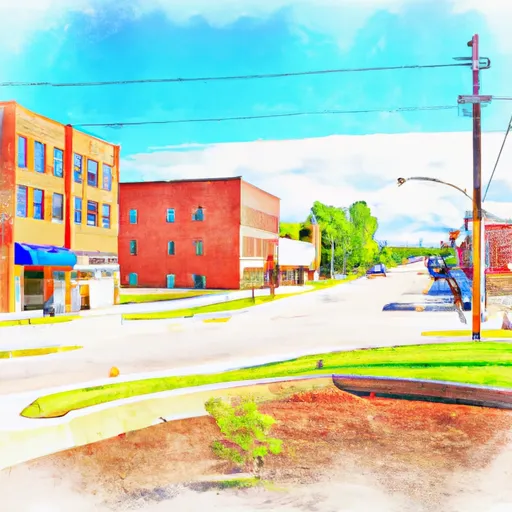°F
°F
mph
Windspeed
%
Humidity











Malone, Wisconsin is a small rural community located in the eastern part of Fond du Lac County. The area experiences a humid continental climate, characterized by warm summers and cold winters. Average temperatures range from the mid-20s Fahrenheit in winter to the mid-70s in summer. Precipitation is evenly distributed throughout the year, with snowfall occurring frequently during the winter months.
Hydrologically, Malone is enriched by several lakes and streams. It is situated near the eastern shore of Big Cedar Lake, a 932-acre glacial lake known for its clear waters and excellent fishing opportunities. Other nearby lakes include Little Cedar Lake and Beaver Dam Lake, providing additional recreational options.
Outdoor enthusiasts can enjoy a variety of activities in Malone. The lakes offer opportunities for boating, swimming, and water sports, while the surrounding forests and parks provide excellent hiking, biking, and camping experiences. The nearby Kettle Moraine State Forest offers a network of trails for hiking, horseback riding, and cross-country skiing. In addition, the area has golf courses, picnic areas, and wildlife observation spots, making Malone a scenic destination for nature lovers. Overall, Malone provides a tranquil setting for outdoor recreation enthusiasts to enjoy the region's natural beauty.
Weather Forecast
Malone receives approximately 795mm of rain per year, with humidity levels near 82% and air temperatures averaging around 8°C. Malone has a plant hardyness factor of 5, meaning plants and agriculture in this region thrive during a short period during spring and early summer. Most plants will die off during the colder winter months.
Regional Streamflow Levels
101
Cubic Feet Per Second
16
Cubic Feet Per Second
3
Cubic Feet Per Second
23
Cubic Feet Per Second
Nearby Camping
| Camping Area | Reservations | Toilets | Showers |
|---|---|---|---|
| Sam Parr State Park | |||
| Prairie Pines Campground | |||
| Desplaines Conservational Park | |||
| Fox Ridge State Park | |||
| Village Park | |||
| Gibson City Park |



